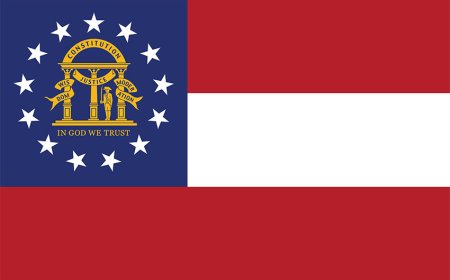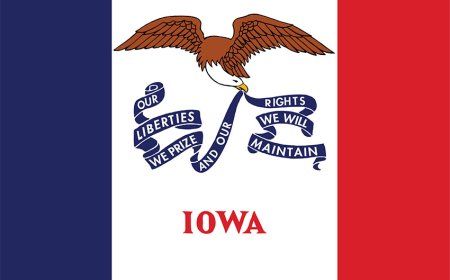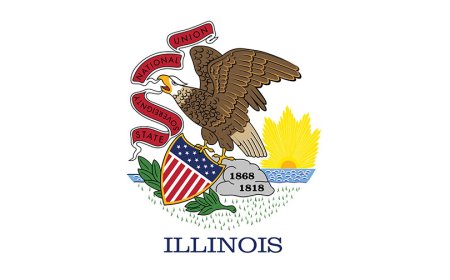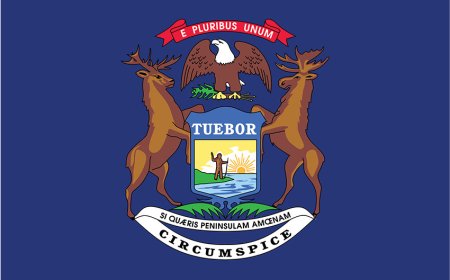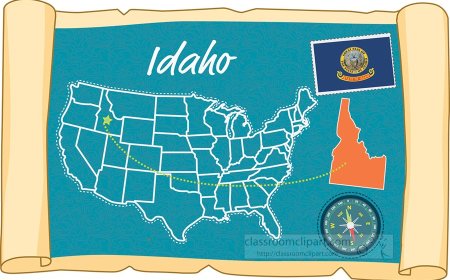New Mexico The Land of Enchantment
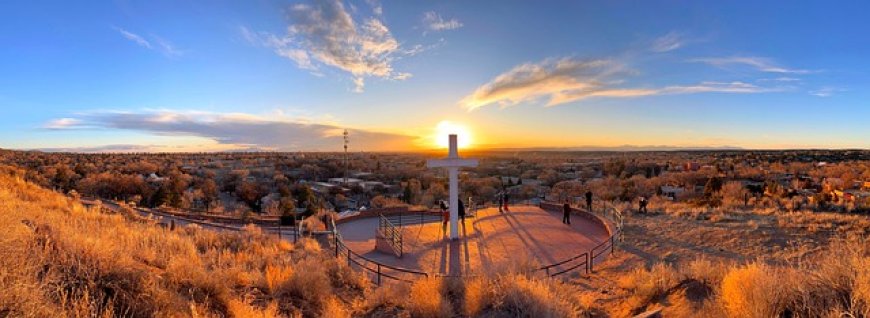
Introduction
Nestled in the Southwestern United States, New Mexico is known for its dramatic desert landscapes, ancient Native American pueblos, and vibrant blend of Hispanic and Indigenous cultures. From the red rocks of Taos to the white gypsum dunes of White Sands, the state’s unique geography has shaped its history and traditions. Today, New Mexico honors its ancestral roots while leading in scientific research, arts, and renewable energy
- Capital: Santa Fe
- Statehood: January 6, 1912 (47th state)
- Largest City: Albuquerque
- Nickname: The Land of Enchantment
- Motto: Crescit Eundo (It Grows as It Goes)
- Area: 121,590 mi² (5th largest)
- Population: ~2.1 million (2020 census)
- Highest Point: Wheeler Peak (13,161 ft)
- Lowest Point: Red Bluff Reservoir (2,842 ft)
- State Bird: Greater Roadrunner
- State Flower: Yucca
- State Tree: Piñon Pine
Where in the USA
New Mexico occupies the nation’s southwestern corner, bordered by Arizona to the west, Texas to the east and south, Oklahoma to the northeast, Colorado to the north, and the Mexican states of Chihuahua and Sonora to the south. Its high desert plateaus, mountain ranges, and river valleys lie within the Colorado Plateau and the Chihuahuan Desert, making New Mexico one of the most geographically diverse states in the Lower 48.
Landmarks and Attractions
Visitors flock to the ancient cliff dwellings at Bandelier National Monument and the Taos Pueblo, one of North America’s oldest continuously inhabited communities. Carlsbad Caverns National Park showcases enormous underground limestone chambers filled with stalactites and stalagmites. The white gypsum dunes of White Sands National Park create a surreal landscape of rolling dunes. Historic Route 66 runs through Albuquerque, where visitors can ride the Sandia Peak Tramway for panoramic views of the Rio Grande Valley
State Symbols & Emblems
New Mexico’s flag features a red sun symbol of the Zia people on a field of golden yellow, reflecting both Native heritage and the state’s abundant sunshine. The greater roadrunner, famed for its speed and agility, symbolizes adaptability in the desert. The yucca plant, with its spiky leaves and tall flower stalks, thrives across the state’s arid regions. Piñon pines produce edible pine nuts long harvested by Pueblo communitie
People, Culture & Economy
New Mexico’s culture is a tapestry woven from Puebloan, Hispano, Navajo, Apache, and Anglo influences. Spanish-speaking Hispano communities date to the 16th century, while 19 Pueblos and two Apache tribes maintain their languages, ceremonies, and arts. The state economy blends high-tech research at Los Alamos and Sandia National Laboratories with traditional industries like chile farming, cattle ranching, and artisanal weaving. The Santa Fe Opera and Albuquerque International Balloon Fiesta highlight New Mexico’s thriving arts and tourism sectors.
Climate, Ecosystems & Conservation
New Mexico’s elevation ranges from drought-tolerant scrublands in the low Chihuahuan Desert to cool coniferous forests in the Sangre de Cristo Mountains. Summers are hot and dry at lower elevations, while mountain areas experience cooler temperatures and summer monsoon rains. Conservation efforts focus on protecting watersheds, restoring overgrazed rangelands, and preserving habitat for species such as the Mexican gray wolf and the Rio Grande cutthroat trout.
Government, Education & Everyday Life
The New Mexico Legislature meets in Santa Fe’s capitol building, nicknamed the “Roundhouse.” The governor serves four-year terms. Higher education is anchored by the University of New Mexico in Albuquerque and New Mexico State University in Las Cruces, with strong programs in Native American studies, environmental science, and engineering. Everyday life often centers on community gatherings—fiestas, rodeos, and plaza markets—where green and red chile stews, sopapillas, and woven textiles celebrate the state’s heritage.
Fun Facts
- New Mexico grows more chile peppers than any other U.S. state.
- The world’s first atomic bomb was tested at the Trinity site near Alamogordo in 1945.
- Roswell is famous for a 1947 “UFO incident” that launched years of speculation and tourism.
- The Albuquerque Balloon Fiesta is the largest hot-air balloon festival in the world.
- The state has more PhDs per capita than any other state, thanks to its national laboratories.
Vocabulary Review
- Pueblo: A communal village built by Indigenous peoples of the Southwest, often of adobe or stone.
- Gypsum: A soft mineral used in plaster and drywall; forms the dunes at White Sands.
- Monsoon: A seasonal wind pattern bringing summer rains to the Southwest.
- Artisanal: Made in a traditional or non-mechanized way, often by hand.
- Coniferous: Evergreen trees that bear cones, such as pines and firs


















































